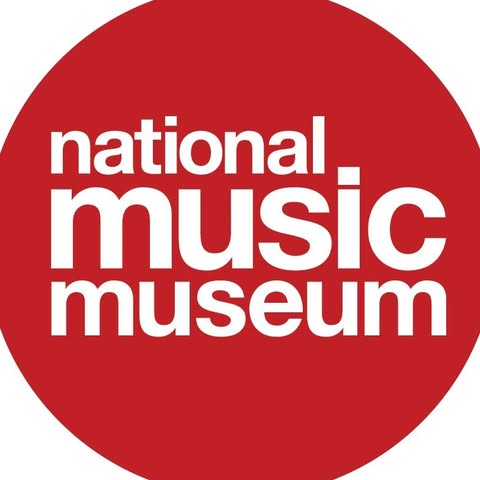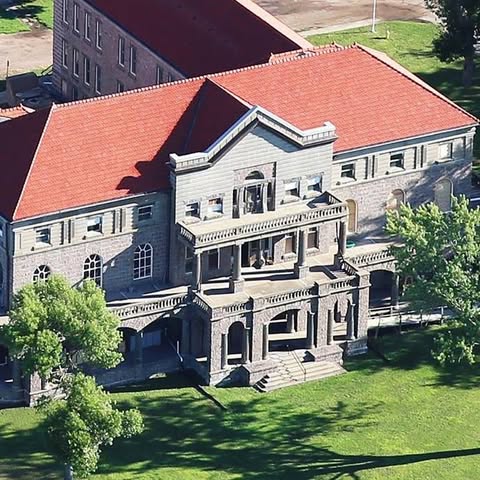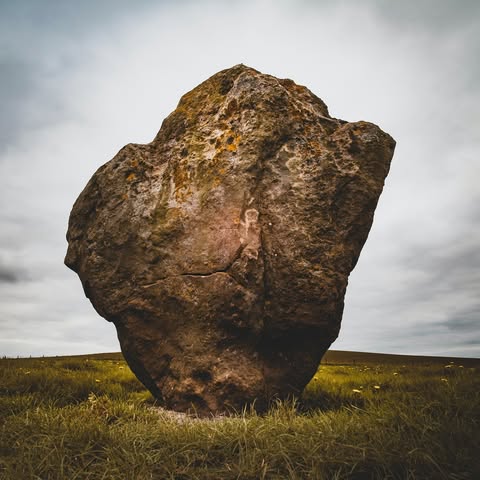
Founded
1973
28000
Web
Sign in to see organisation website
Traffic
1268785
Home | National Music Museum | Vermillion Visit Learn Exhibitions Events Collections Notes About Support Us Shop More. Welcome to the World ofMusical Instruments EXHIBITION COMING SOON. EVENTS WHAT39SUP NEXT. THE NEW NMMWORTH THE WAIT It39s been a while and we39ve missed you.
From Social media
News about from their social media (Facebook and X).
Data about organisation
Vermillion
Organisations from NATIONAL MUSIC MUSEUM

We strive to explore, enjoy and preserve the world of musical instruments.

3. FRIENDS OF SHARING THE DREAM IN
Sharing the Dream is a fair trade non-profit organization working to improve the lives of Guatemalans.
Similar organisations
Similar organisations to NATIONAL MUSIC MUSEUM based on mission, location, activites.

THE MUSEUM OF VISUAL MATERIALS
Event Venue Arts & Craft Classes.

FIND US: Click the red map arrow Art.
Similar Organisations Worldwide
Organisations in the world similar to NATIONAL MUSIC MUSEUM.

At NMC we inspire listeners with extraordinary performances of the world’s most adventurous music.

THE LONDON INTERNATIONAL FESTIVAL OF EARLY MUSIC CIO (uk)
LIFEM is the largest and most inclusive early music festival in the world.

THE YORK EARLY MUSIC FOUNDATION (uk)
Home of the internationally acclaimed York Early Music Festival and promotes a year-round series of .

YORK EARLY MUSIC FESTIVALS LIMITED (uk)
Home of the internationally acclaimed York Early Music Festival and promotes a year-round series of .

ROMSEY CHAMBER MUSIC FESTIVAL TRUST (uk)
Romsey Chamber Music Festival, bringing world-class musicians to the heart of Hampshire.
Interesting nearby
Interesting organisations close by to residence of NATIONAL MUSIC MUSEUM

We strive to explore, enjoy and preserve the world of musical instruments.

St Florian Fire & Burn Foundation
The Sioux City Professional Firefighters Association, IAFF Local 7 is a non-profit organization est.

Habitat for Humanity of Clay & Yankton Counties
Habitat for Humanity of Clay and Yankton Counties strives to put God's love into action by bringing people together to build homes, community and hope.

Yankton County Historical Society
Mead Museum provides an authentic historical experience of the Yankton area from pre-Dakota Territory.
Similar social media (28000)
Organisations with similar social media impact to NATIONAL MUSIC MUSEUM

34048. International Association of Amusement Parks
From theme parks to zoos, bowling alleys to water parks, and everything in between, IAAPA (the Global Association for Amusement Parks and Attractions) is the premier trade organization representing the industry of fun.

34049. Earth Medicine Alliance
This page is maintained by staff at Ancestral Medicine.

We strive to explore, enjoy and preserve the world of musical instruments.

34051. Mac Trailer Enterprises Inc VEBA
MAC Trailer is the nation's leading manufacturer of dump, flatbed, and transfer trailers, as well as straight truck bodies, dry bulk pneumatic tanks, and liquid tank trailers.

WAGS is a 501(c)3 group of volunteers whose goal is to complete families everyday.
Similar traffic
Organisations with similar web traffic to NATIONAL MUSIC MUSEUM

67992. BETH MARDUTHO THE SYRIAC INSTITUTE INC
Beth Mardutho promotes and facilitates opportunities for the study and preservation of the Syriac he.

A world Class Automotive Experience with Cars - Buses - Motorcycles & More.

We strive to explore, enjoy and preserve the world of musical instruments.
Join us and make a difference for the future!
Sign Up
Please fill in your information. Everything is free, we might contact you with updates (but cancel any time!)
Sign in with GoogleOr
Good News
"Celebrating the joy of Bhai Dooj! 🎉 This beautiful festival not only strengthens family bonds but also generated a whopping ₹22,000 crore in business across India! A true testament to the power of community and togetherness. ❤️ #BhaiDooj #PositiveImpact"
Bhai Dooj generates Rs 22,000 crore in business across India: CAIT
Social News XYZ
Like Comment








